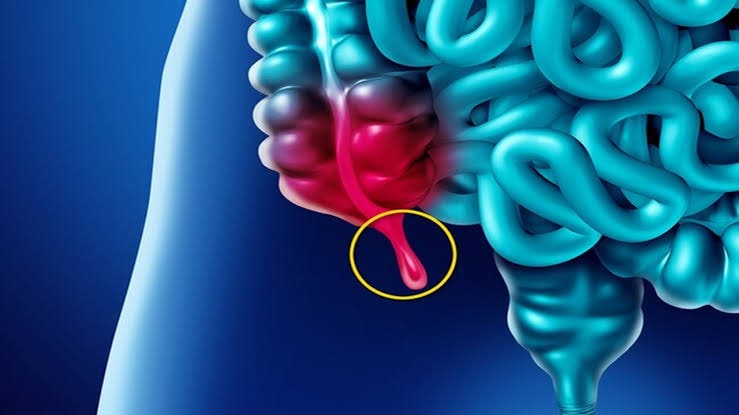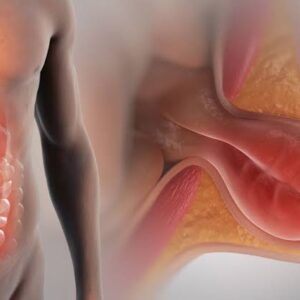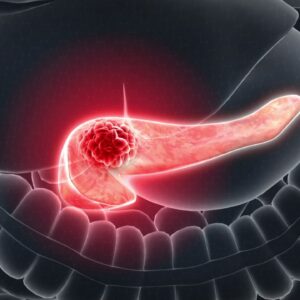Laparoscopic appendicectomy
Price range: ₹800.00 through ₹1,600.00
Learn Laparoscopic appendicectomy through our scientifically proven stepwise program. You can acquire this skill anywhere, anytime, without quitting your job and daily life. We utilize the FAHEM Theory of Skill Development to enhance human skills.
Please read the Requirements and Commitments of each level before making a purchase. Ensure you meet the eligibility criteria to receive the product/service.
Description
Laparoscopic appendicectomy is a minimally invasive surgical procedure used to remove an inflamed or infected appendix. It involves making small incisions in the abdomen, inserting a laparoscope for visualization, and using specialized instruments to remove the appendix. This technique offers quicker recovery, reduced post-operative pain, and smaller scars compared to traditional open surgery, making it a preferred choice for many patients with appendicitis. Learning and mastering Laparoscopic appendicectomy is really needed for modern era surgeons.
Laparoscopic appendicectomy, also known as minimally invasive or laparoscopic appendectomy, is a surgical procedure used to remove an inflamed or infected appendix. It involves several key steps:
Anesthesia: The patient is placed under general anesthesia to ensure they are unconscious and pain-free throughout the surgery.
Incisions: Typically, three to four small incisions (usually less than an inch long) are made in the abdominal wall. These incisions serve as entry points for the laparoscopic instruments.
Gas Insufflation: Carbon dioxide gas is introduced into the abdominal cavity through one of the incisions. This gas helps create a space inside the abdomen, allowing the surgeon a better view and more room to work.
Trocar Placement: Trocars, which are long, thin instruments, are inserted through the incisions. One of these trocars usually contains a camera (laparoscope), which sends real-time images to a monitor, providing the surgical team with a clear view of the inside of the abdomen.
Visualisation: The surgeon uses the laparoscope to explore the abdominal cavity, identify the inflamed or infected appendix, and assess the surrounding structures.
Appendix Isolation: Once the appendix is located and identified, it is isolated and carefully dissected from the surrounding tissues.
Ligation and Removal: The base of the appendix is clamped, ligated (tied off), and then cut. The entire appendix is then removed through one of the small incisions.
Surgical Site Examination: After the appendix is removed, the surgical team examines the abdominal cavity for any signs of infection or contamination.
Closure: If there are no complications, the incisions are closed with sutures or staples. In some cases, absorbable sutures are used, eliminating the need for suture removal later.
Recovery: The carbon dioxide gas is released from the abdominal cavity, and the incisions are dressed and covered. The patient is awakened from anesthesia and taken to the recovery area.
Laparoscopic appendicectomy offers several advantages over traditional open surgery, including smaller incisions, reduced post-operative pain, quicker recovery, and less scarring. So all modern era surgeons should learn and master the skill to conduct Laparoscopic appendicectomy.
Additional information
| Levels | Level-1, Level-2, Level-3 |
|---|
General Inquiries
There are no inquiries yet.







